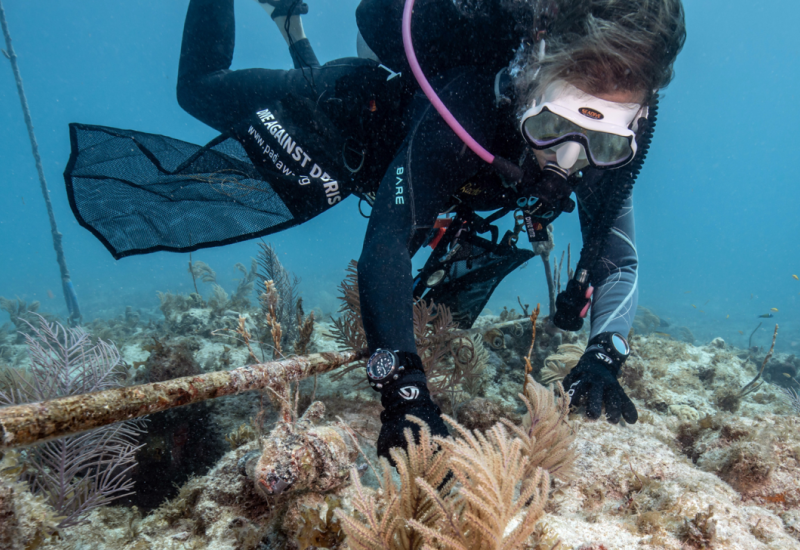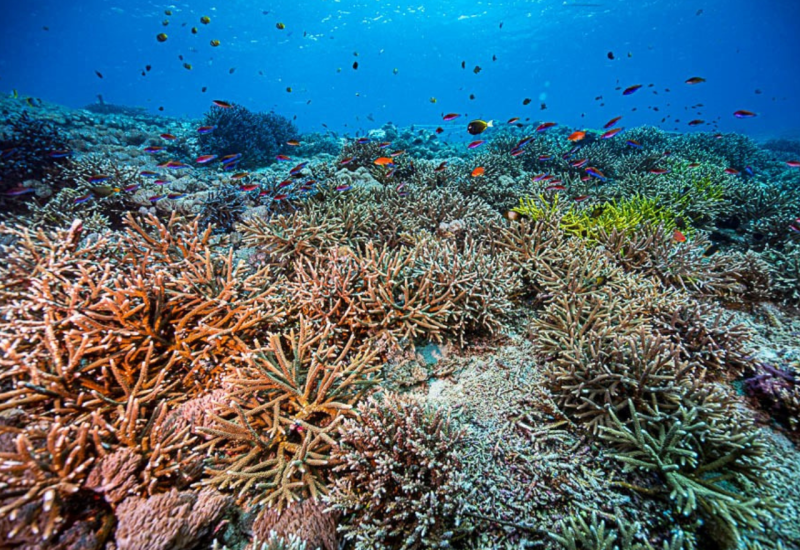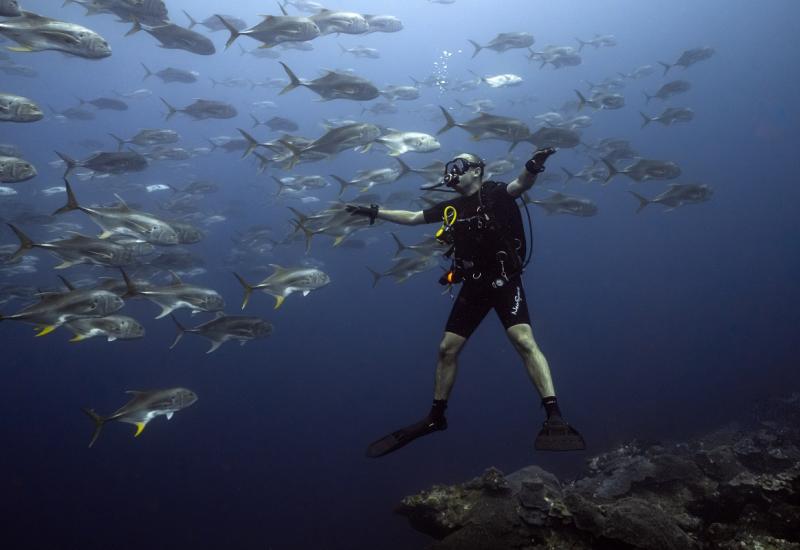Teen Invents Self-Cleaning Oceans

Rather than thinking of ways to clean up the oceans, 19-year-old Boyan Slat theorizes that the oceans, with a little bit of help, can do it themselves.
In 2012, then 17-year-old Slat went viral when he presented his method of removing trash from the Great Pacific Garbage Patch at a TEDx event in Delft, Netherlands. In his talk, Slat projected that the plastic trash from the Great Pacific Garbage Patch could be safely and efficiently removed from the ocean in just five years using his invention. Slat’s device is built with V-shaped arms, which passively collect plastic trash by utilizing ocean currents. Once collected, the plastic would be repurposed as energy, oil or new products, making the cleanup a profitable endeavor.
While the possibility of a quick fix is exciting to many ocean advocates — including thousands who contributed to Slat’s crowdfunding campaign — others are skeptical of a grand-scale cleanup.
Among Slat’s greatest critics is Stiv Wilson, policy director of 5Gyres, an organization working to end plastic pollution in the word’s oceans through reducing plastic production and legislation. An expert in his field, Wilson argued that the extent of the damage is too massive to clean up, that sea life will be harmed in the process, and the recovered plastic will be unusable.
But Slat and his organization, the Ocean Cleanup, set out to prove the critics wrong with a peer-reviewed feasibility study, authored by 70 scientists. In 2020, Slat hopes to install his device between California and Hawaii to address the Great Pacific Garbage Patch, and predicts that half of the plastic from that region will be gone in 10 years. For more information, go to theoceancleanup.com.
**

Where Did It All Go?**
Plastic appears to be vanishing from the world’s oceans, and scientists aren’t sure why. A large portion of the 300 million tons of plastic produced every year ends up in the oceans, circulating in the five gyres, large systems of slow-moving currents. Yet when researchers analyzed 3,070 seawater samples from around the world, they found significantly less plastic waste at the surface than expected. Some scientists theorize that the sun and waves disintegrate microfragments of plastic, which are then either dragged deep into the ocean by mesopelagic fish that mistake them for zooplankton, or are weighed down by bacterial populations using them as a habitat.










